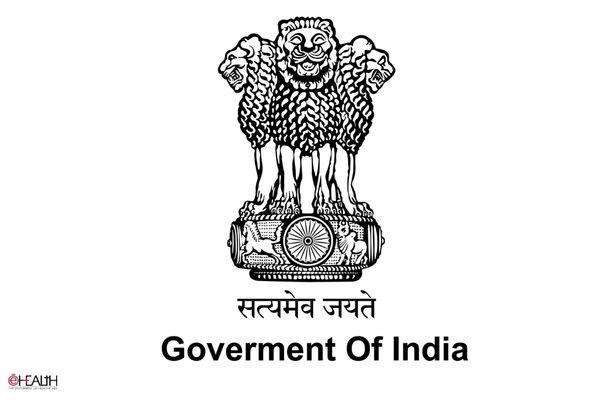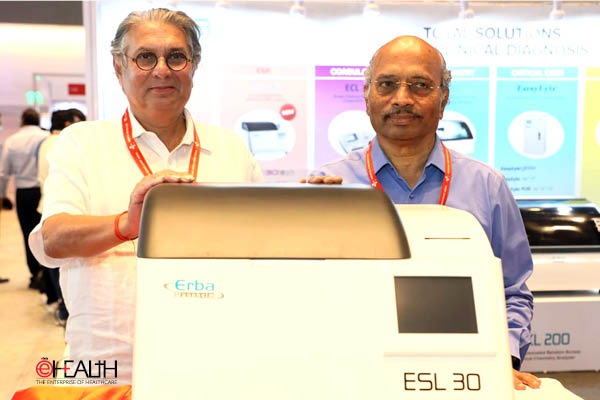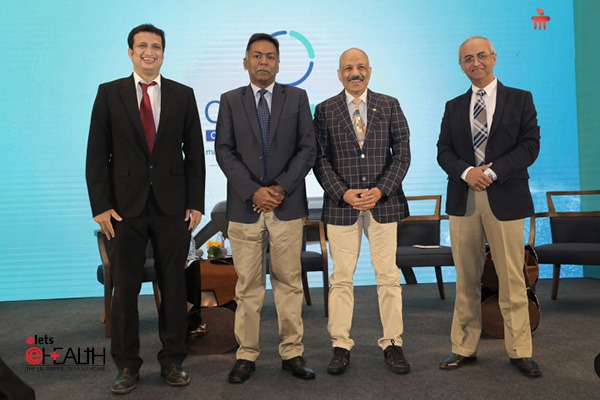Even as a lack of clarity in regulations is preventing Indian medical device manufacturers from making their presence felt in the USD 2 billion domestic medical equipment market, foreign players, mostly from the United States, are increasingly finding the country a preferred destination. The tremendous growth projections have also prompted foreign medical equipment makers to float Indian subsidiaries — 30 of them received import clearances in 2007 alone — to move away from the earlier practice of indirect operations through authorised agents in India. Boston Scientific, Abbott, Becton Dickinson, Guidant, Medtronic, B Braun, Johnson & Johnson, DePuy, Advanced Medical Optics and Stryker are among the leading firms, whose Indian subsidiaries received approvals to import medical devices during the year. Corporate interest in the Indian healthcare segment and the introduction of the product patent regime in 2005 are known to be the prime movers behind India becoming a hot destination for medical device firms across the world. A recent FICCI-Ernst & Young study had predicted 15-20 per cent growth for the Indian medical equipment market and estimated market size to be about $5 billion by 2012. “With the kind of attention the government and the corporate world has given to India’s healthcare sector, the growing interest of foreign players in the medical equipment sector is quite expected. I would be surprised if companies are not coming to India,” says Anjan Bose, chairman, medical electronics forum, FICCI. According to Bose, India has to join hands with the industry to decide on an appropriate monitoring mechanism to ensure the quality of medical devices reaching India. Ram Sharma, managing director, Becton Dickinson India, and chairman, medical equipment committee, American Chamber of Commerce in India, also highlights the need for regulating the medical equipment sector. “We strongly recommend that instead of re-inventing the wheel, India learn from the experiences of other countries that have brought in regulation in the medical technology sector. The focus should be on making the regulatory process transparent and geared towards patient safety. It is highly desirable that the government pools resources with the Global Harmonization Task Force to enable shared learning and benefit from their experiences in the field of medical devices regulation worldwide,” said Sharma. Though the domestic industry shares the same view on the need for clarity in the regulations binding medical equipment, it complains that Indian regulators adopt double standards in giving marketing approvals for medical devices. “Indian medical device makers are equally quality conscious. While the Central Drugs Standard Control Organisation allows import of medical devices on the basis of the quality certifications these products have received from foreign authorities, they insist upon unrealistic standards for the Indian industry,” Himanshu Baid, managing director, Poly Medicure, said. Baid says that Indian drug regulators are applying manufacturing standards meant for pharmaceuticals on medical device facilities. “Our products are exported to 65 countries including developed markets. Even though we have all certifications needed for exports, our regulators find that insufficient. There has to be some clarity on this before Indian players can sell their cost-effective devices in the domestic market,” Baid added. Domestic players also allege that the absence of pricing norms is allowing bigger players to charge exorbitant prices for their imports. Incidentally, the growing demand for medical devices and its cost have also found mention in a recent study carried out by the Delhi-based Society for Economic and Social Studies. The NGO, which reviewed Indian patent applications for a collaborative project that involved the health ministry and WHO India office, found that a large number of patents have been granted in the area of medical devices during the last three years. “Sixty four patents have been granted for medical devices in India from 2005 to March 2007. This has obvious public health implications as there is evidence that the cost of devices and diagnostics are starting to form a large proportion of treatment costs. It also points to the necessity of patent examiners being judicious while granting such patents, keeping in mind the three main criteria for granting a patent — novelty, usefulness and application,” the study said.

Be a part of Elets Collaborative Initiatives. Join Us for Upcoming Events and explore business opportunities. Like us on Facebook , connect with us on LinkedIn and follow us on Twitter , Instagram.












